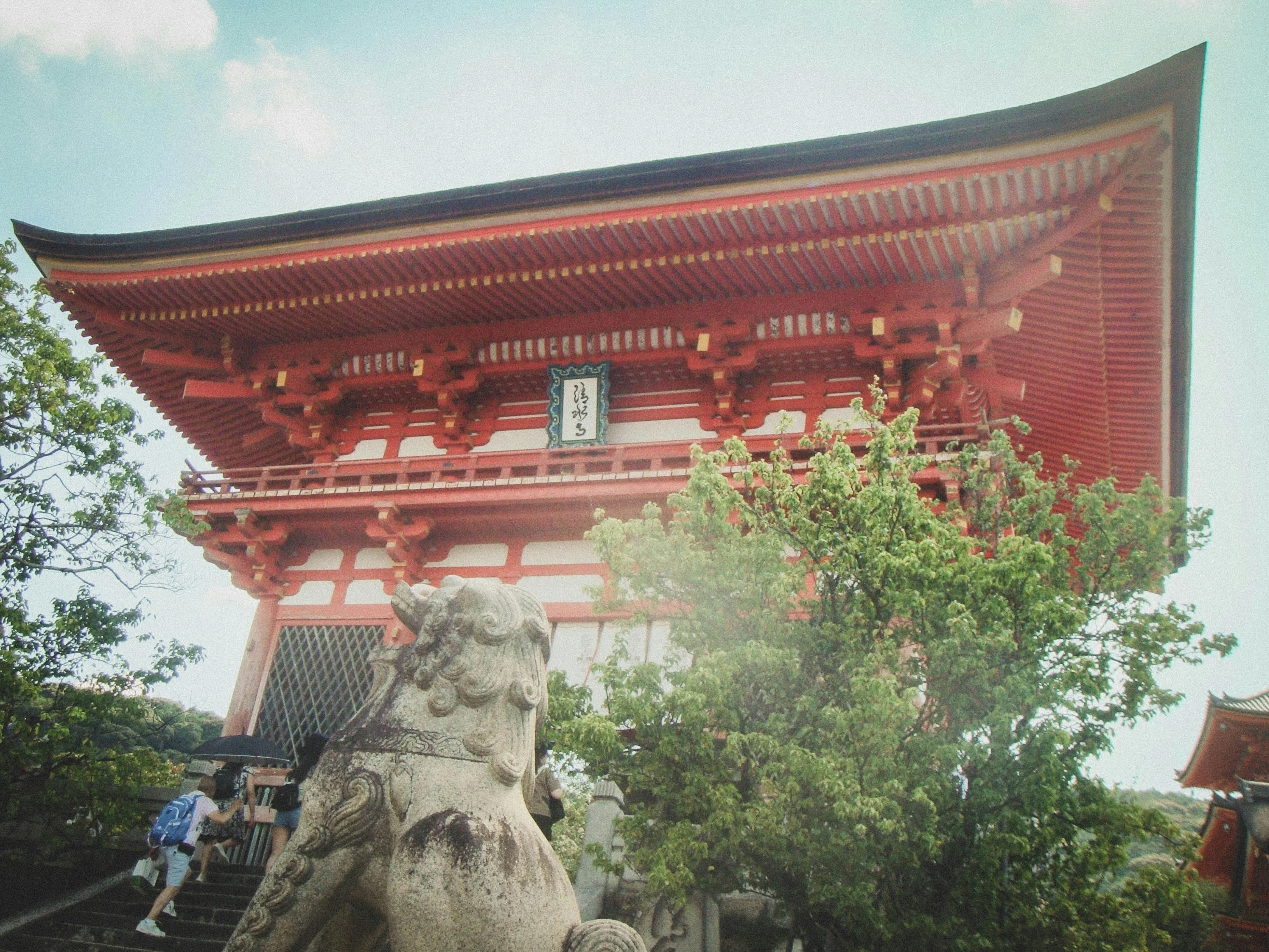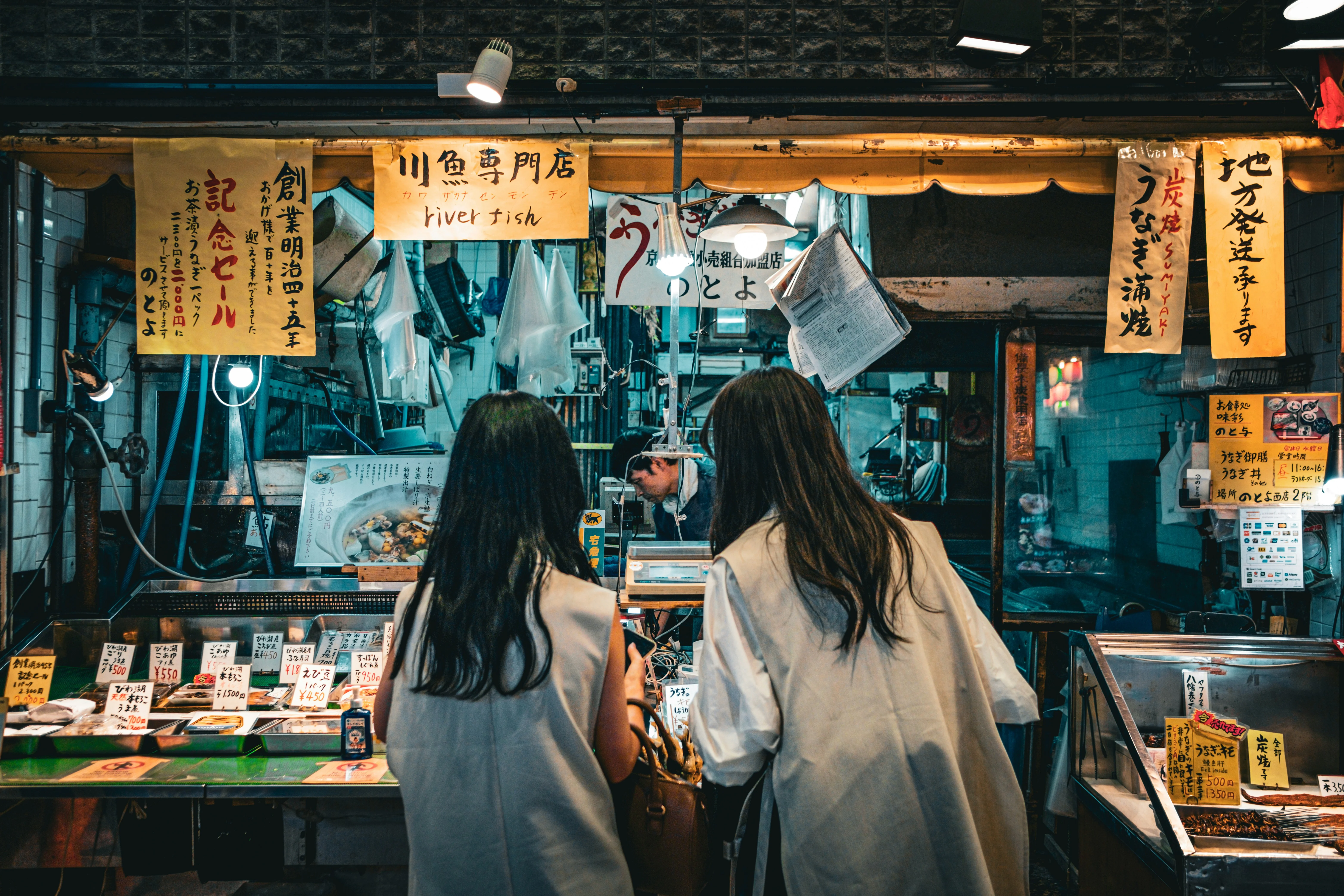The Vocabulary of Sumire: Language Lessons from Kyoto's Summer


Unlocking Kyoto's Linguistic Treasures
Language is more than merely a communication tool; it reflects culture, history, and identity. In Kyoto, the dialect, or "Kyoto-ben," offers an intimate glimpse into the city's soul. Often described as polite and soft, the speech patterns here embody Kyoto residents' refined ways. Unlike the more boisterous Osaka dialect, Kyoto's is gentle, just like the soft hues that envelop the city in summer.
Politeness Elevated: The Kyoto-Ben
One of the most striking features of Kyoto-ben is its elevated politeness. A common word like ありがとう(arigatou) for thank you becomes おおきに (ookini) in Kyoto, especially when expressing gratitude in a heartfelt, deeper manner. This expression perfectly aligns with the formal yet warm culture that defines Kyoto's social interactions. The genteel speech is a testament to the city's values, emphasizing respect and harmony.
Seasonal Language: Words of Summer
Sumire teaches us another summer word, "蛍火" (hotaru-bi), meaning firefly's light, symbolizing the ephemeral beauty of Kyoto nights. This word captures the magic that fills the air near streams and parks as fireflies flit about—a sight best experienced in the tranquil areas away from the bustling city center.

Cultural Depth and Discovery in Language
Learning these words and phrases is not merely an academic pursuit; it's an adventure in understanding Kyoto's unique tapestry. A simple greeting or acknowledgment in the local dialect can transform a tourist into an informed traveler, fostering deeper connections with locals and appreciating the nuance of cultural exchanges.
Engage with Locals
For those who wish to practice their newly acquired vocabulary, Kyoto provides ample opportunity. Markets, such as Nishiki Market, serve as excellent venues to converse with vendors and locals.
Language as a Gateway to Experience

Conclusion
Kyoto's summer holds a linguistic charm that, once uncovered, enriches the traveler's journey through this historic city. With Sumire as your touchstone, the exploration of Kyoto's vocabulary reveals more than just words; it's a pathway to cultural intimacy and understanding. As urban explorers seek the depth of Kyoto's allure, embracing its local dialect unravels layers of tradition, making every encounter a meaningful connection.
Discover the language of Kyoto—embrace the gentleness of Kyoto-ben, revel in the magical phrases of summer, and witness how the vocabulary of Sumire can transform your journey into a tapestry of rich cultural discovery.







